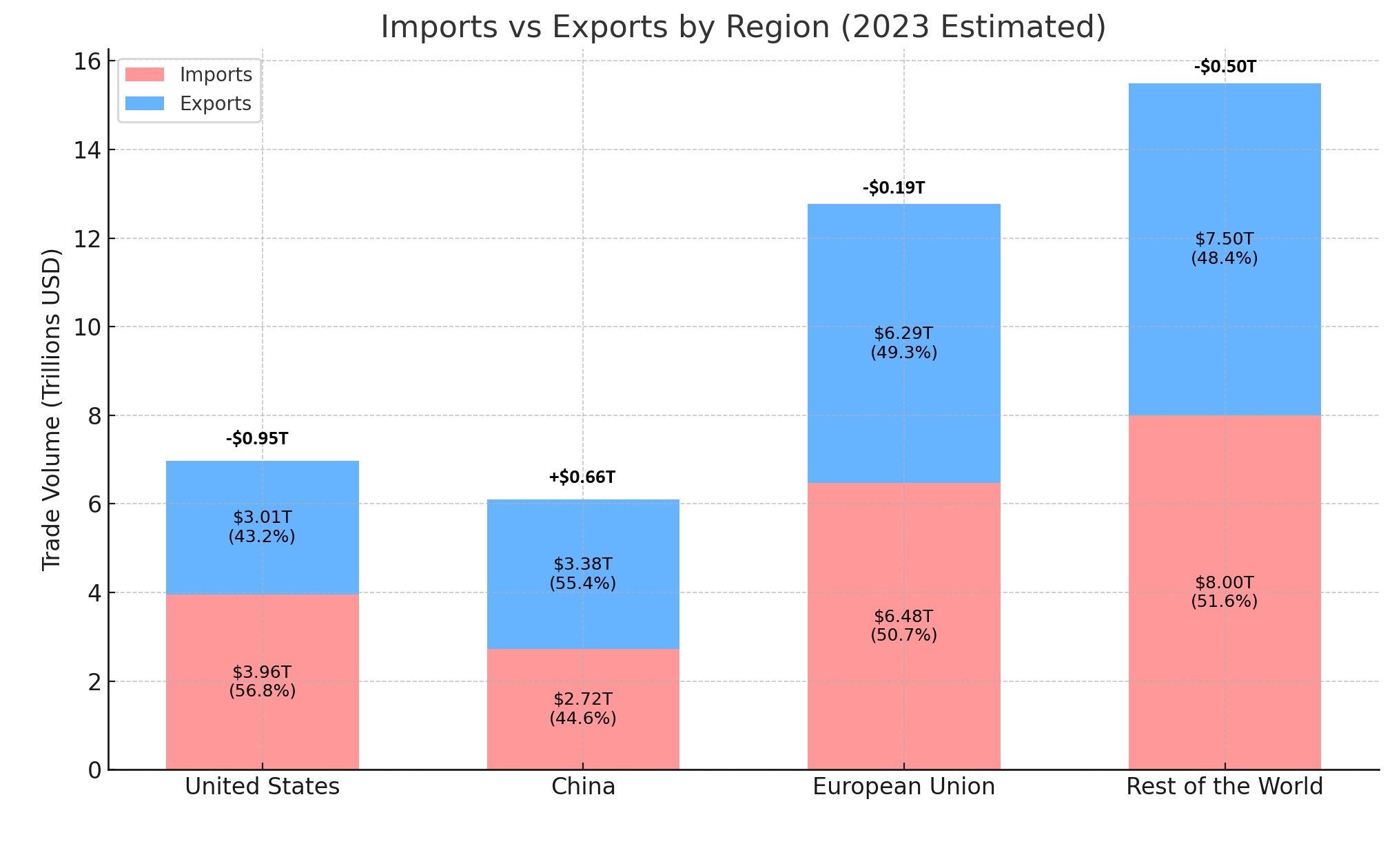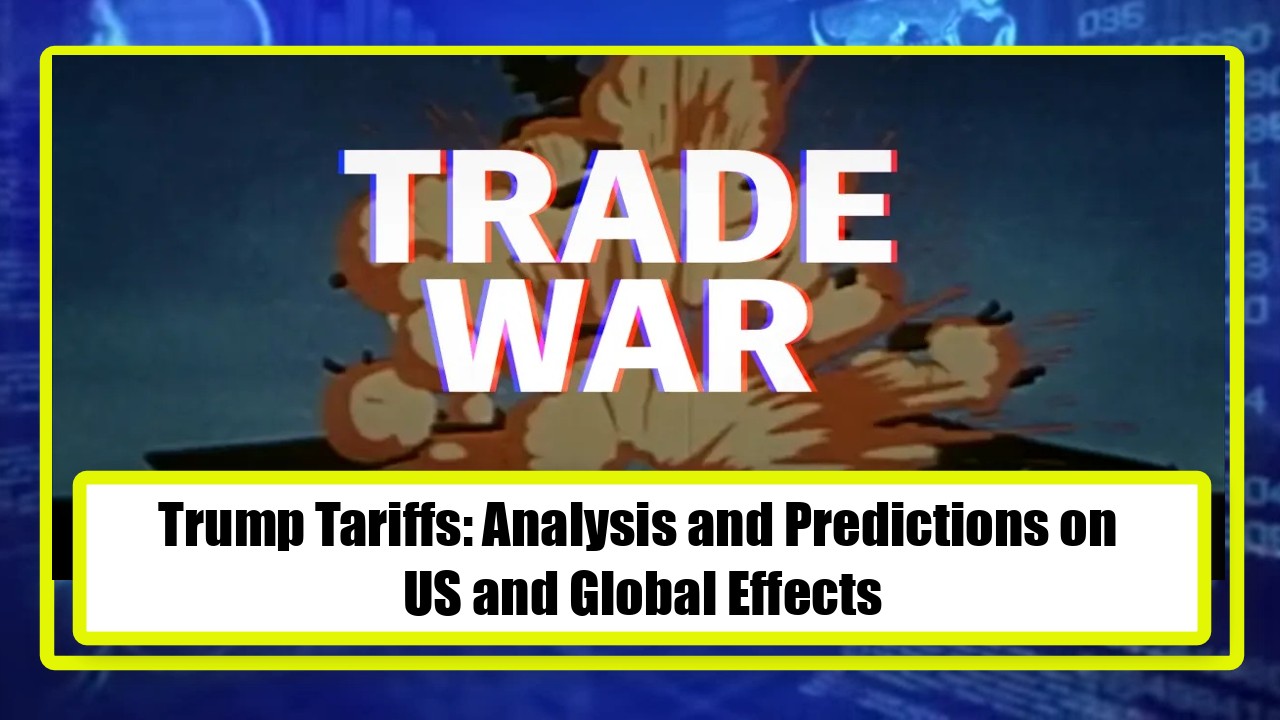Video:
Take our online poll:
AI Analysis:
On April 2, 2025, President Donald Trump announced a comprehensive set of tariffs on imports, designating the day as "Liberation Day" to signify a renewed focus on revitalizing American industry. The policy introduced a universal 10% tariff on imports from most countries, with higher rates for specific nations deemed to engage in unfair trade practices. Notably, China faced a 34% tariff, while goods from the European Union were subjected to a 20% tariff. These measures aimed to address longstanding trade imbalances and encourage domestic manufacturing.
The immediate economic repercussions were significant. Global markets reacted negatively, with major indices experiencing sharp declines. For instance, the Australian Securities Exchange (ASX) faced substantial losses, and the Australian dollar hit a five-year low. In the U.S., the Dow Jones Industrial Average plummeted by 5.5%, the S&P 500 dropped nearly 6%, and the Nasdaq declined by 5.8%, entering bear market territory. Economists warned that these tariffs could reduce U.S. economic growth by 2 percentage points, potentially raise unemployment to 7.5%, and lead to increased consumer prices, with average households facing an additional $3,800 in annual costs.
International responses were swift and critical. China retaliated by imposing a 34% tariff on all U.S. imports, effective April 10, 2025. The Chinese Ministry of Finance condemned the U.S. tariffs as violations of international trade rules and warned of negative impacts on global economic stability. Other nations, including Canada, Mexico, and several European countries, expressed dissatisfaction with the U.S. measures, citing concerns over economic harm and the potential for a global trade war. Critics drew parallels between Trump's tariffs and the Smoot-Hawley Tariff Act of the 1930s, suggesting that such protectionist policies could exacerbate economic downturns rather than stimulate growth.
Chart:

References:


Comments